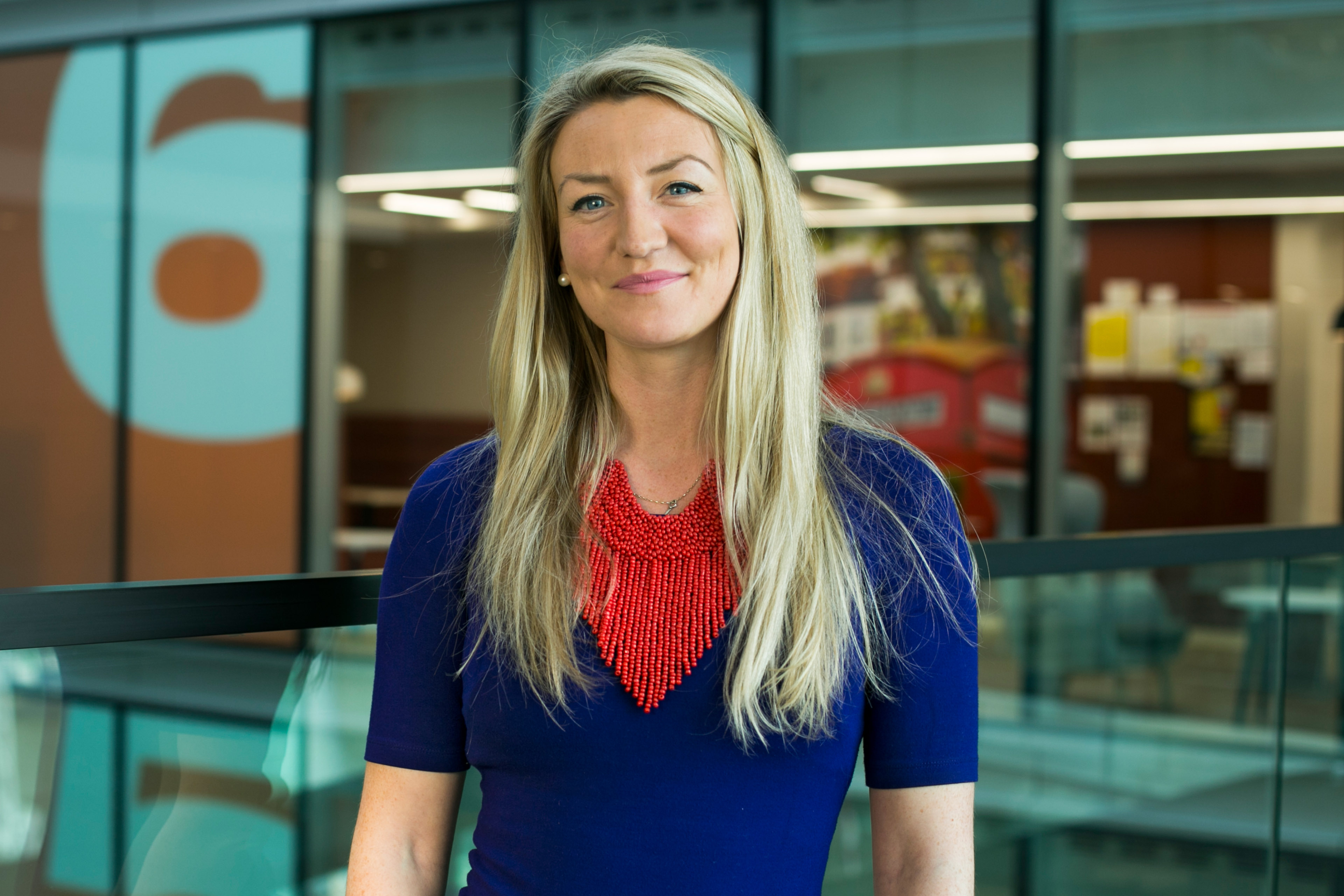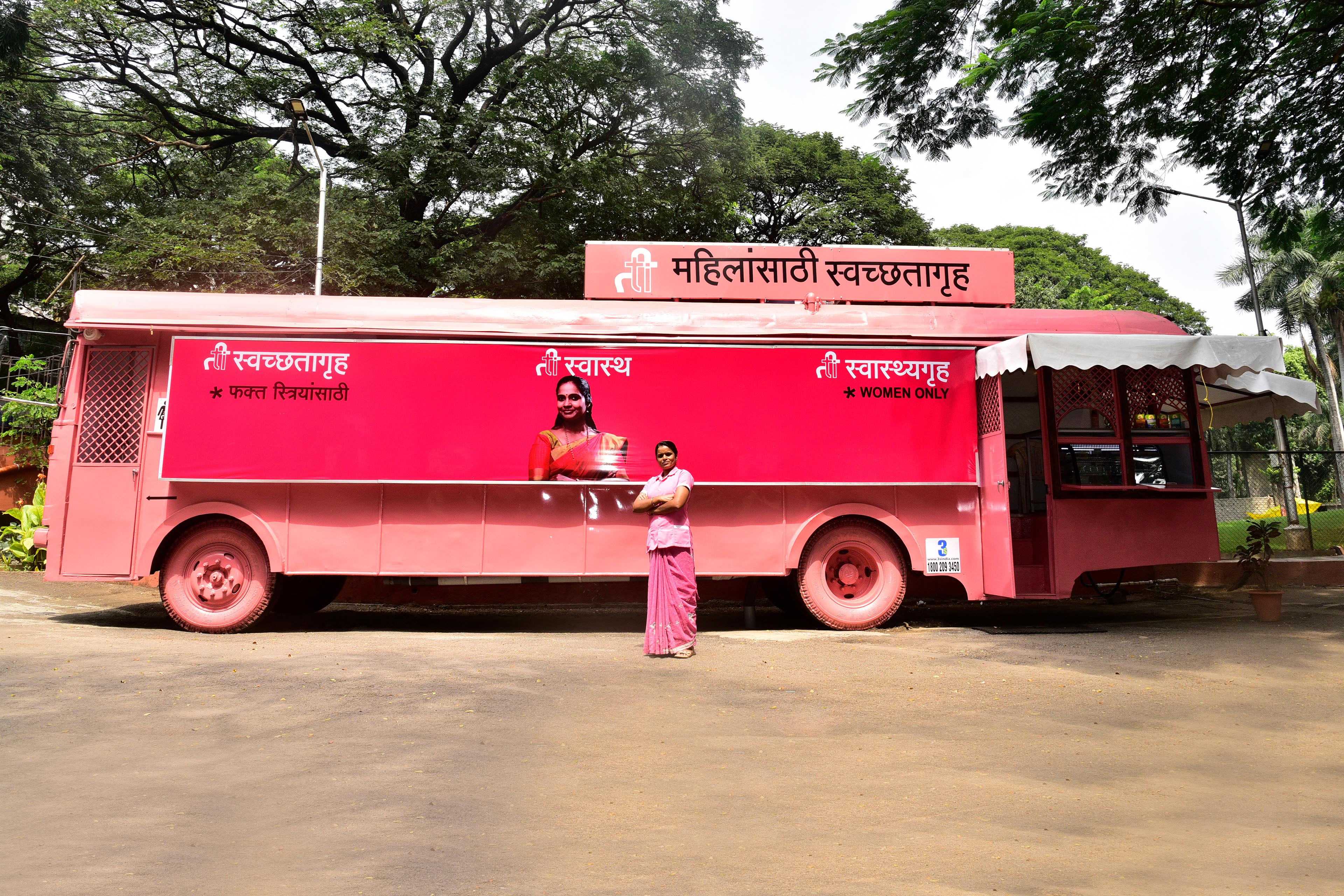EY refers to the global organization, and may refer to one or more, of the member firms of Ernst & Young Global Limited, each of which is a separate legal entity. Ernst & Young Global Limited, a UK company limited by guarantee, does not provide services to clients.
How EY can help
-
Through EY Ripples, EY people can help your early-stage impact enterprise improve resilience, productivity and capacity to scale sustainably. Learn more.
Read more
Achieving the UN Sustainable Development Goal (SDG) target of equitable sanitation for all by 2030 depends on scaling new models that reach the people and places that conventional sewerage can’t. It’s already well-established that CBS is more technically feasible than sewers for rapidly bringing safely managed sanitation to hard-to-reach locations, such as urban slums.
Thanks to this comparative cost analysis, it’s now also clear that CBS is more cost-effective than traditional methods of provision. Our research dispels the myth that comparable CBS models are more expensive to implement and maintain than safely managed sewers, septic tanks and pit latrines. Demonstrating this is seen by many in the sector as critical to encouraging:
1. Governments and municipal authorities to create the conditions for CBS models to thrive and close the urban sanitation gap
This requires policy and regulatory frameworks that support the proliferation of CBS as an essential component of city-wide, blended approaches to sanitation provision.9 This includes regulatory frameworks that enforce provision of safely managed sanitation for poor and marginalized communities, as well as the creation and support of markets for the reuse of waste. Authorities should also consider entering into public-private partnerships with CBS providers. By helping to provide more reliable revenue streams, and reduce costs of capital and customer acquisition, such partnerships can greatly improve CBS providers’ capacity to scale and achieve further economies. This will require governments to adapt their investment structures to align with CBS cash flow requirements.
2. Governments and investors to increase investment in CBS and develop innovative forms of finance to support it
Between novel idea and proven concept lies the “dragon pit” of testing, iterating and validating the business model — a process that can take considerable time and requires access to appropriate investment. Helping existing CBS enterprises to scale, and encouraging more to spring up, requires more blended financing and innovative financial instruments that are specifically designed to address these challenges. This means outcomes-based instruments that incentivize cross-sector collaboration, emphasize social impact over financial returns and focus specifically on accelerating progress toward the Sustainable Development Goal (SDG6) of access to equitable sanitation for all by 2030.
3. The JMP to disaggregate its criteria for safely managed sanitation to further incentivize investment in shared CBS models
As described earlier, the highest-level JMP designation of sanitation — safely managed — currently requires hygienic separation of excreta from human contact, safe treatment or disposal of waste, and that the sanitation facility is not shared by more than one household. As it stands, the requirement to meet all three of these criteria means shared CBS models can only ever be classed as limited, despite their high hygiene and waste management standards.
Separation of these criteria by the JMP would support clear recognition that shared CBS models are, in fact, safely managed across multiple dimensions. This would support further investment in these models, as well as household-level CBS services already classed as safely managed. This is important since shared CBS models are frequently deployed in the lowest income communities, and may be the only viable means to significantly improve the safety and quality of sanitation services in those locations.
4. Utilities and other sanitation providers to develop more robust, comparable and transparent data on system costs and climate impacts of sanitation
Particularly in relation to different waste treatment processes and reuse options, access to ongoing data is needed to inform smart sanitation investments, as well as to foster public-private partnerships. The contribution of system costs and climate impact data should be made to the CACTUS project to support sanitation investment decisions and further analysis.
As was said at the beginning of this article, the COVID-19 pandemic provides a stark reminder of the critical importance of safe sanitation. This basic need is still denied to 4.2b people today and its absence is a major contributor to hundreds of thousands of avoidable deaths each year. Creating the conditions for CBS to truly thrive is essential to meeting this need at an affordable price and to making meaningful headway toward providing access to safe sanitation for everyone, everywhere.












